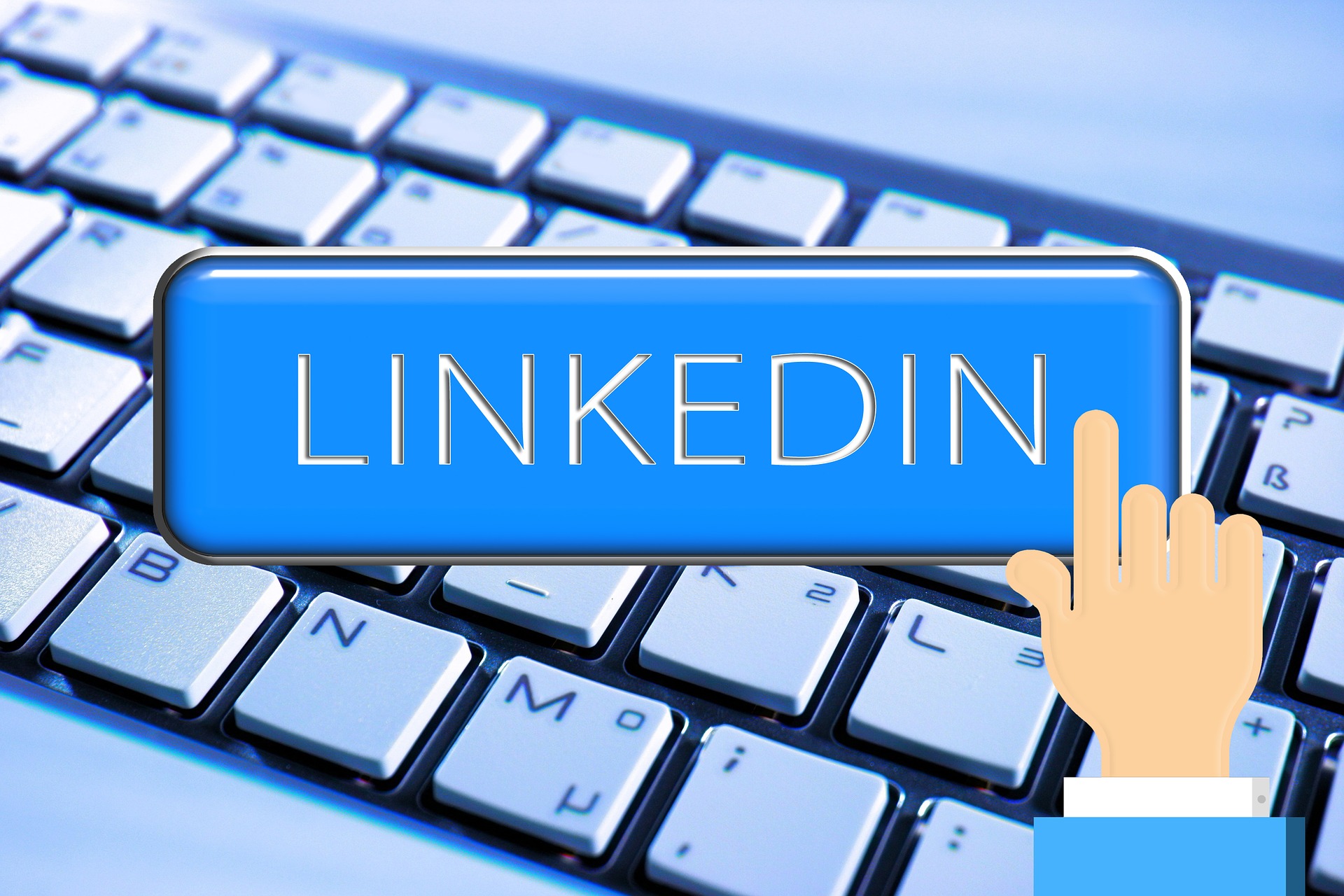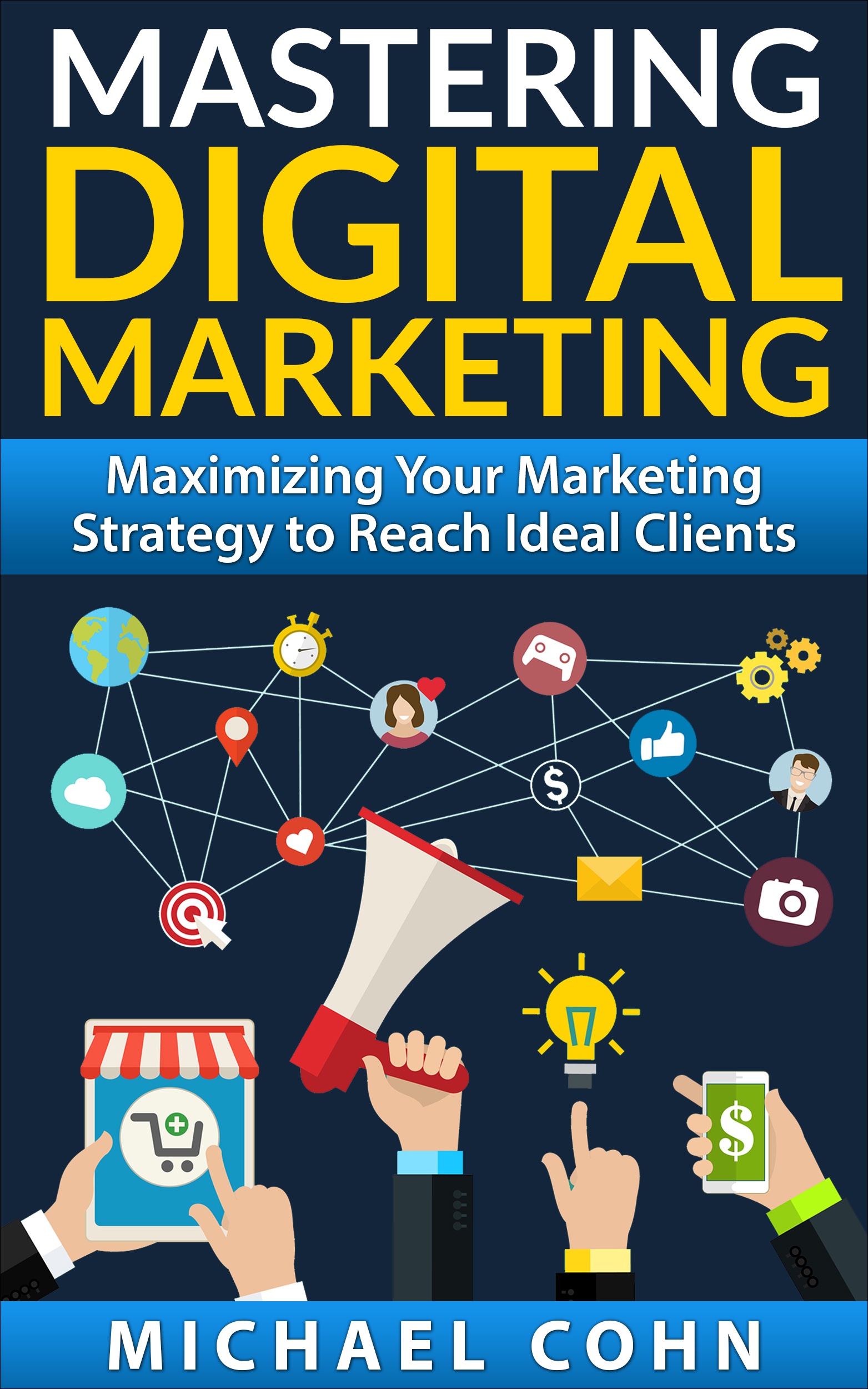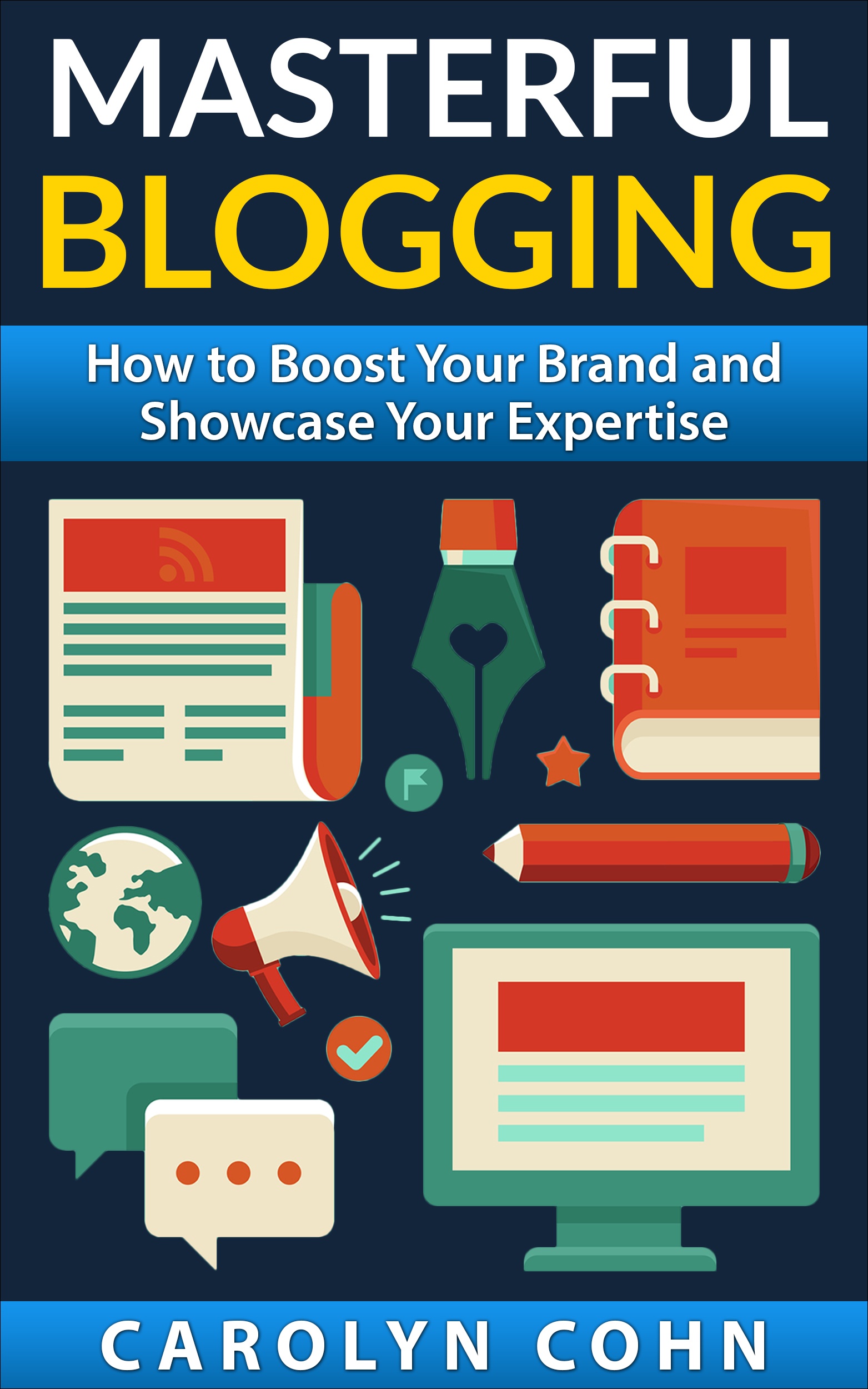An Effective Approach to Leading a Successful LinkedIn Group

LinkedIn is a powerful social media channel for businesses and professional people. More and more people recognize LinkedIn’s value and they are finding more and more ways in which it can work for their particular businesses.
How you use LinkedIn to help your business
There is a great possibility that you have recognized the value of LinkedIn for your business and that you are interacting through LinkedIn on a regular basis (daily, every few days, etc). You may use it to not only interact but also to do research on a variety of topics, and to connect with new people in your niche or industry. One of the most effective ways to accomplish this on LinkedIn is through LinkedIn Groups.
LinkedIn Groups can enable you to connect with all sorts of people and businesses and you can get a great deal out of those relationships that you may not even have thought of, such as learning from them, sharing your content with them, getting them to share your content with other people with whom they are connected, and obtaining introductions to people who you would not have gained access otherwise. All of this is extremely valuable and worthwhile.
However, you may be faced with a situation where your groups on LinkedIn are not working for you or other people with whom you are connected in one or more of your groups and you feel as though you are wasting your time. There is actually a way to make LinkedIn Groups work for you and there are certain things that you should avoid because they may prove to be counterproductive.
-
Define your LinkedIn Group objectives appropriately: As you are thinking about forming your LinkedIn Groups, it is very important for you to make certain decisions up front. The first thing that you should consider is whether the particular group that you are forming should be open or closed. There is a possibility that your objectives may change over time. They may start out completely different from they end up. That is not necessarily an issue. However, the most important thing is that you have goals. Remember to stay as far away as possible from promoting yourself or your business in the process. It is important to bear in mind that the main reason (or objective) is to educate and help other people. Your needs and wants will be satisfied in the process.
-
Choose a proper group name: When you are establishing your group, make sure that you name it appropriately. You will want to steer clear of naming the group after your business (in most cases, that will not be appropriate). Don’t shy away from potentially difficult situations or interactions, such as facing your competitors, and make sure that you educate yourself about your target market and establish the direction that you want to go before you form the group. You will be grateful afterward.
-
State the group rules up front: The LinkedIn Group that you establish, whether you have chosen to make it an open or a closed group, you still need to make sure that all of your group members understand the rules and abide by them. If you can’t establish that environment, your group will be vulnerable to problems that may be out of your control. If your members follow the rules and respect the other members of the group and respect you, you will all share a very positive experience and will be better off by being a part of the group.
-
Appoint someone to be the group moderator or administrator: It isn’t enough to simply write the rules. Those rules must be enforced as well and you don’t necessarily need to be the person to enforce them (or at least you don’t need to be the only one to enforce them).
-
You should be the one to take control of the discussion: It is important to remember that it is about quality, not quantity. If you lead properly, everything will fall into place. It will require that you make more effort than anyone else in the group, however, after all, you are the one who established the group in the first place and that means that you feel that it is worthwhile.
-
Draw in new members to the group: It may be more challenging than you think to attract new members to your group. People need to be motivated and you need to figure out a way to do that. If you are able to engage your group members, your group will be attractive to other people who have not joined yet but who may in the future. It isn’t enough for anyone to merely be a member of the group. They need to be engaged and to leave comments and ask questions (or provide answers when it applies).
-
Nurture your group: If you follow what has been discussed here and you are willing to make the effort to grow and nurture your group(s), you will be successful, productive, and valuable as a group and everyone (at least those who are appropriate) will want to be a part of it.
Conclusion
There is a right way and a wrong way to establish and run a LinkedIn Group. If you do it right, your group will be successful and productive. Make sure that your group is transparent (at least, to your group members) and honest and that everyone has the same agenda, which is to help each other whenever possible. You should also try to promote your group appropriate and whenever the opportunity presents itself. If you go about working the group wrong, it won’t last very long and your efforts will have been wasted. You have the power to control where you go.
We are pleased to provide you with the insightful comments contained herein. For a complimentary assessment of your online presence, let’s have coffee.



Via LinkedIn Groups
Group: PeopleCount Social Media
Discussion: How Do You Run an Effective LinkedIn Group?
LinkedIn is one of the essential tools for networking today. Especially when groups are very successful, everyone can benefit from that. Thanks for sharing the article!
By Steven Keltsch
Via LinkedIn Groups
Group: Best Internet Marketing Network
Discussion: How Do You Run an Effective LinkedIn Group?
This does have some very useful information that I found very interesting. I enjoy working and participating in Linkedin group discussions. I also have formed one group of my own recently, and I share another group as admin with another person.
Couldn’t have picked a better time to read this!
By Jaye Carden
Via LinkedIn Groups
Group: Best Internet Marketing Network
Discussion: How Do You Run an Effective LinkedIn Group?
I too have recently started my own Linked In group so… Just like the above… Perfect timing. Thanks for the info!
By Bobby Cruz
Via LinkedIn Groups
Group: Linked-N Bergen County NJ
Discussion: How Do You Run an Effective LinkedIn Group?
I’ve been trying to grow my group “Commit to Change.” The information you provided was extremely helpful. Thank you.
By Philip Renshaw
Via LinkedIn Groups
Group: Social Media Mastery for Business Leaders
Discussion: How Do You Run an Effective LinkedIn Group?
I am still finding many groups don’t care for crazy amounts of spam that gets posted on their group pages, and to only make it worse there is a review process in place that nobody pays attention to. If someone took it upon themselves to create a group, the very least they could do is make sure the group stays alive.
By Sean Gallahar